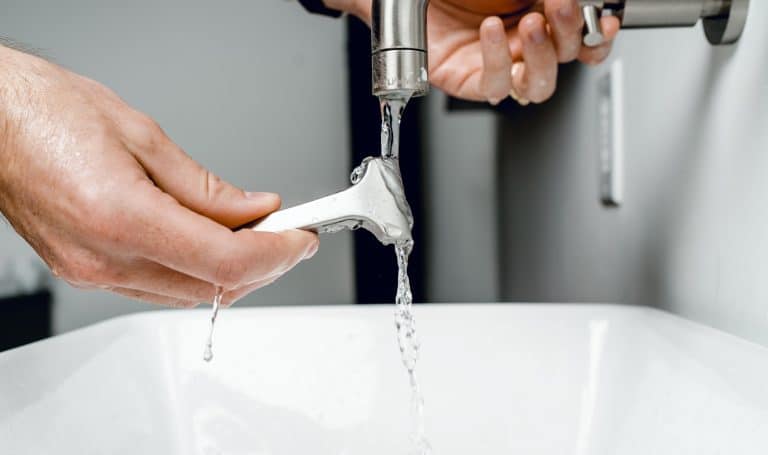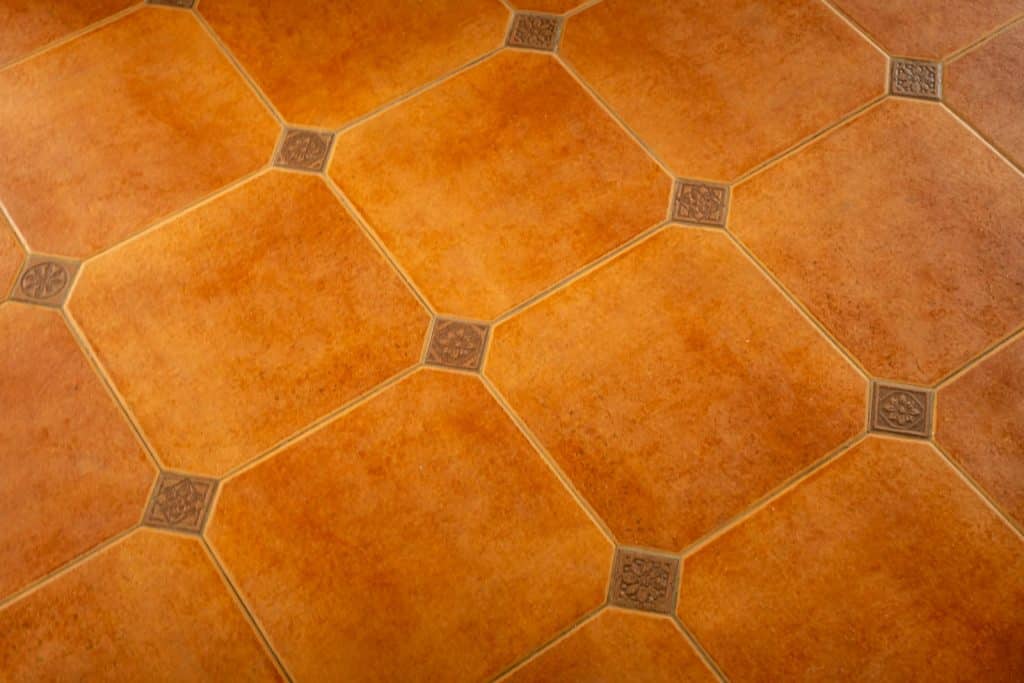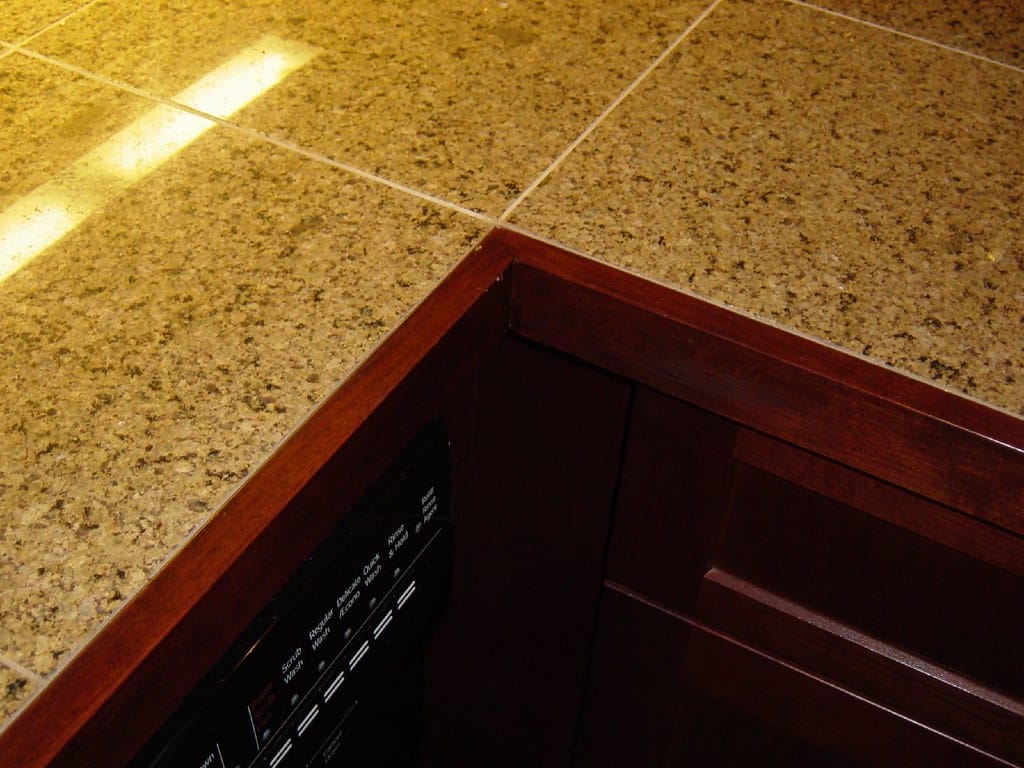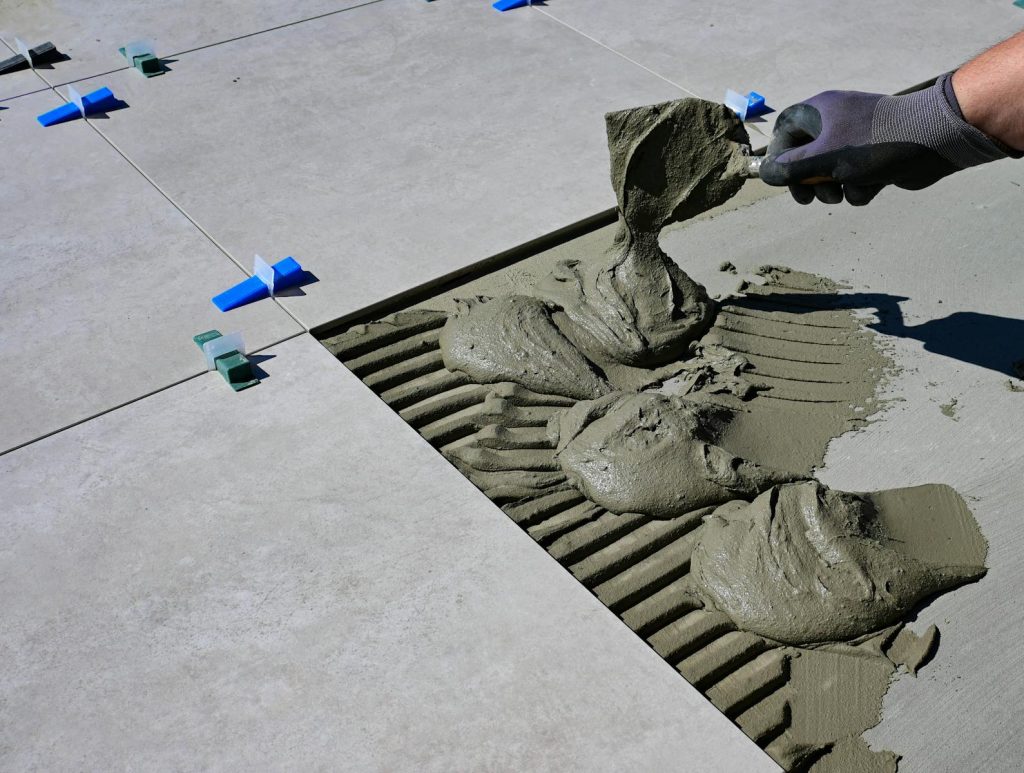Faucets—common fixtures in every home—are essential to daily life, but their lifespan depends heavily on quality, frequency of use, and maintenance , which is why Faucet Repair and maintance is very importand. While sturdy models can last years, frequent use and wear often lead to leaks, drips, or mechanical failures. Identifying repair methods early can save money and prevent water waste. Below, we’ll explore practical repair strategies and sustainable solutions for faucet issues and simple DIY fixes.
Common Faucet Repair Methods
1. Replacing Mechanical Components
Faucets consist of multiple interconnected parts: cartridges, stems, O-rings, and valves. Over time, these components degrade, especially in hard-water regions. A dripping faucet, loose handle, or irregular water flow often signals a worn-out part. Replacing individual components—such as cartridges for ceramic disc faucets or compression valves for older models—can restore functionality.
Pro Tip: Opt for branded replacement parts (e.g., Delta, Moen, or Kohler) for compatibility. Universal repair kits are cost-effective for temporary fixes.
2. Fixing Leaks with Washer Replacement
Traditional compression faucets rely on rubber washers to seal water flow. These washers flatten, harden, or crack over time, causing persistent drips. Replacing them requires minimal tools: a flathead screwdriver, adjustable wrench, and replacement washers.
Step-by-Step Guide:
- Shut off the water supply under the sink.
- Pry off the decorative cap on the handle with a screwdriver.
- Remove the handle screw and lift off the handle.
- Use a wrench to unscrew the packing nut and access the stem.
- Replace the old washer and reassemble the faucet.
Causes of Faucet Failures
1. Manufacturing Defects
Even high-end faucets may fail prematurely due to production flaws. Poorly cast metal parts or misaligned cartridges can leak within months. Always check warranty terms (often 5–10 years for reputable brands). If defects arise, request a free replacement.
2. End of Functional Lifespan
Faucets endure constant pressure and mineral buildup. Brass or stainless steel models last 15–20 years; plastic ones may degrade in 5–8 years. Visible corrosion, cracks, or unresponsive handles signal it’s time for a full replacement.
When to Call a Professional
While DIY repairs work for minor leaks, complex issues like valve seat corrosion or broken pipes require expert intervention.
Preventative Maintenance Tips
- Clean Aerators Monthly: Soak in vinegar to dissolve mineral deposits.
- Lubricate Moving Parts: Use silicone-based grease on O-rings and stems.
- Avoid Over-Tightening Handles: This strains internal components.
Conclusion
Understanding faucet mechanics empowers homeowners to tackle minor repairs and recognize when to upgrade fixtures. Pairing quality parts (like the Delta Repair Kit or Amartisan Washers) with regular maintenance extends your faucet’s life and conserves water. For severe issues, leverage professional services to avoid costly water damage.







